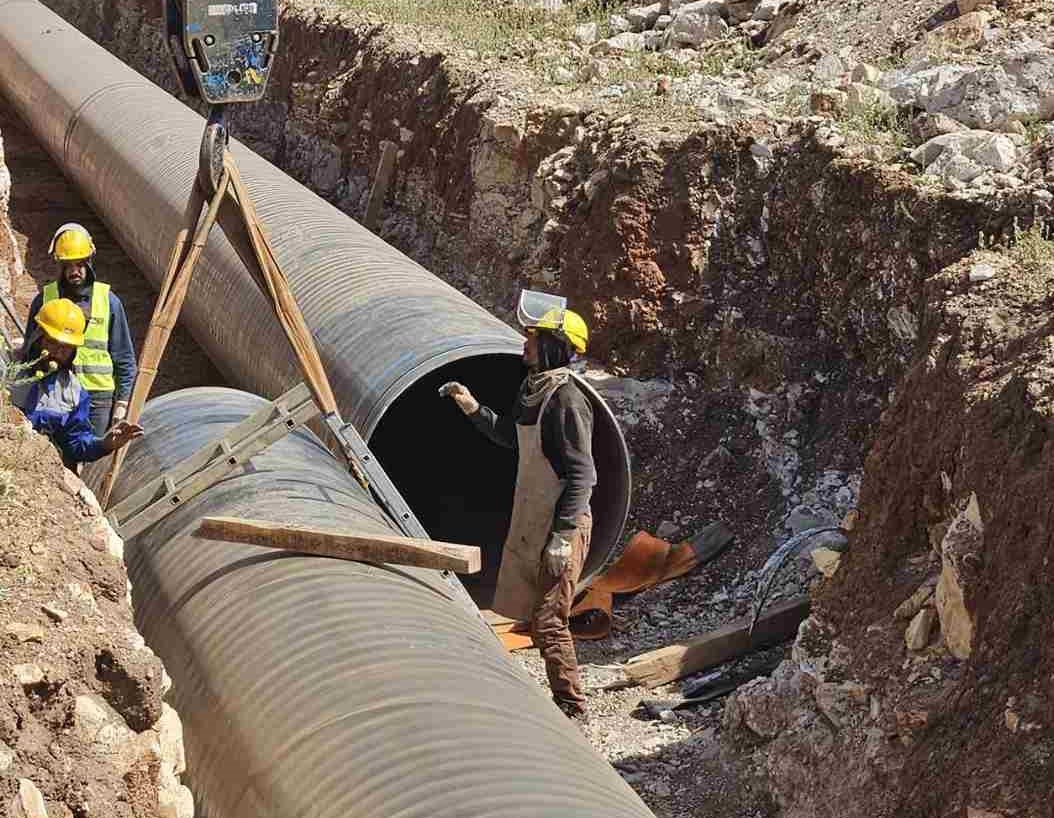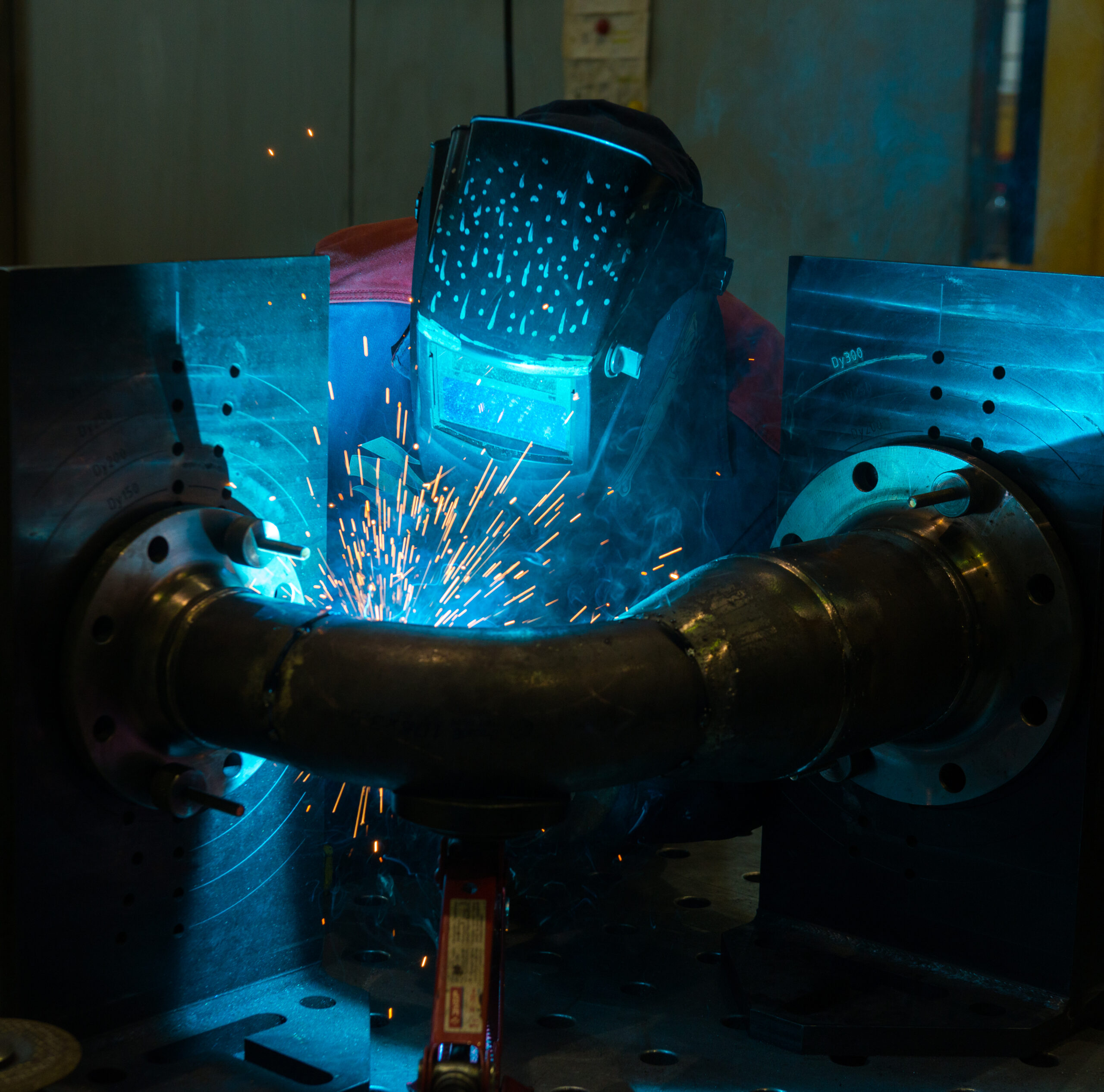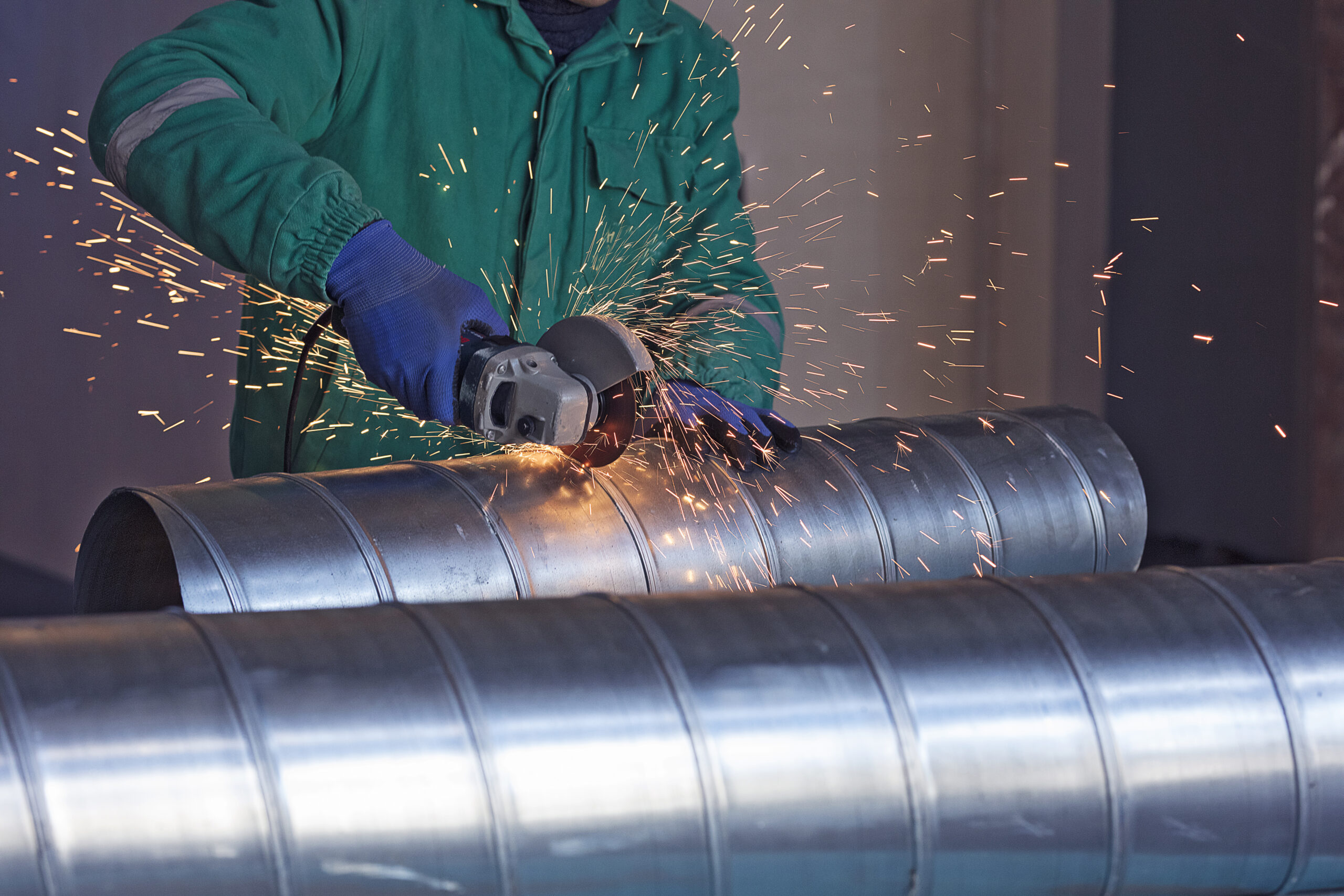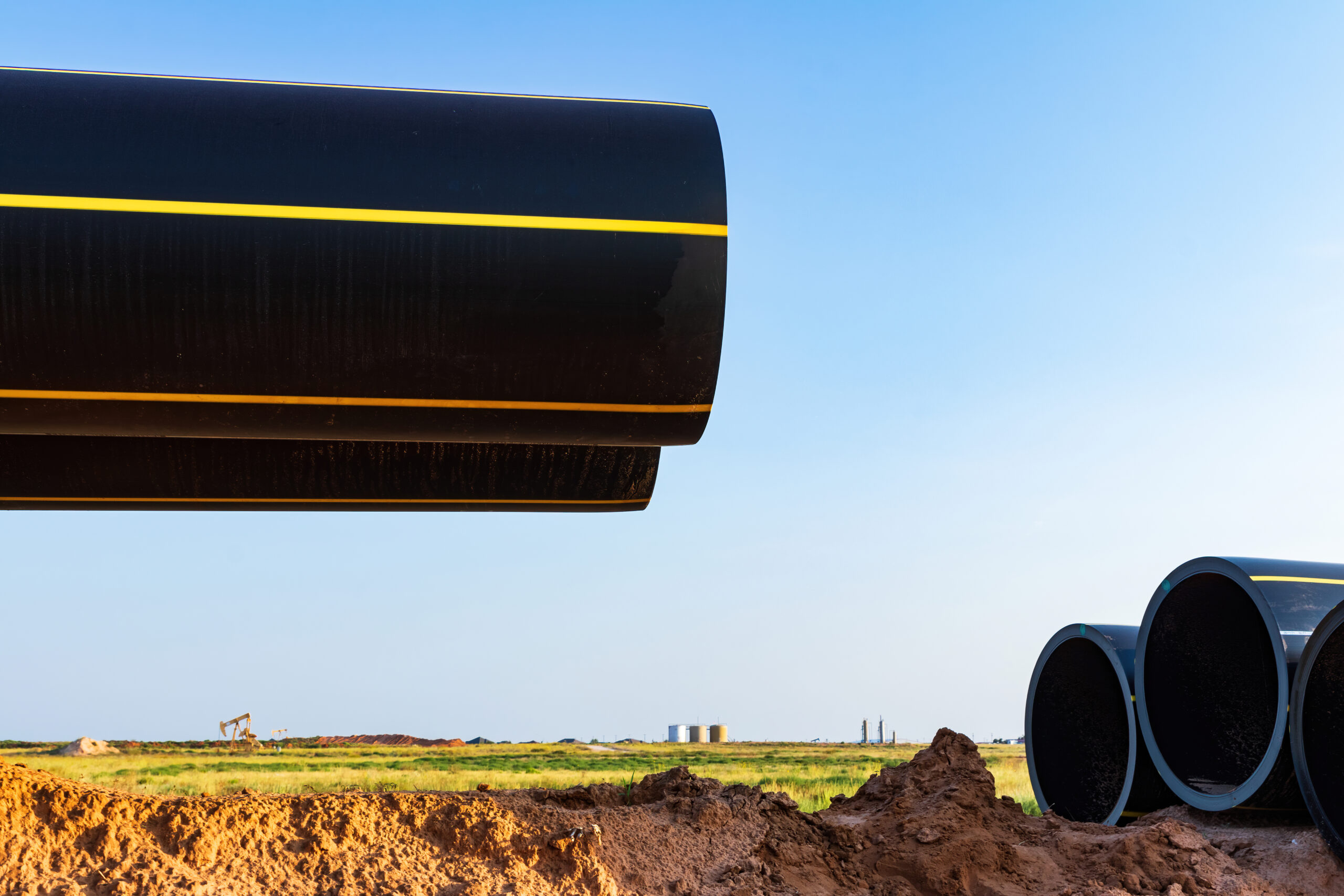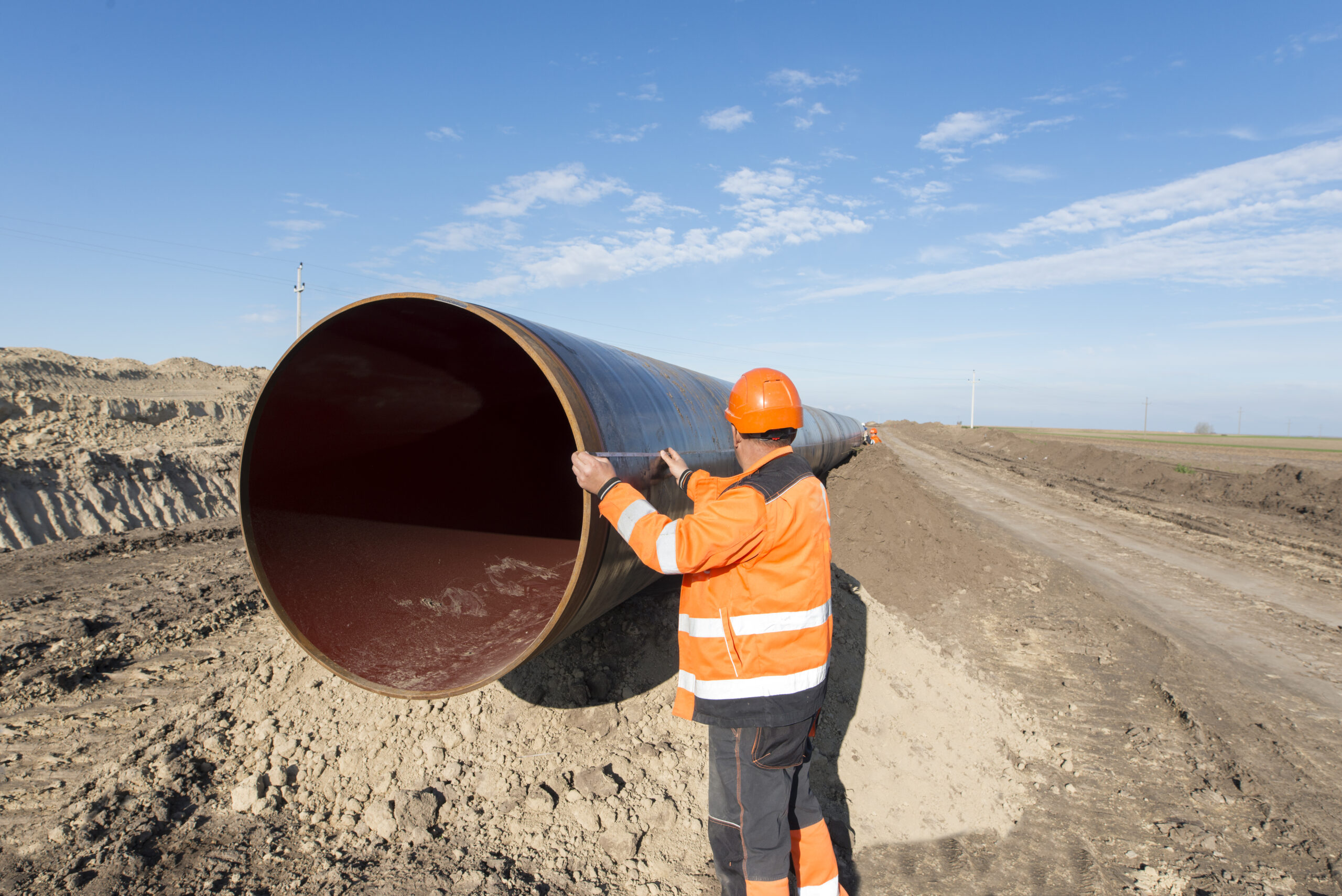The oil and gas industry relies heavily on pipelines for efficient transportation of resources. Internally coated pipelines offer numerous advantages, including enhanced corrosion resistance and improved flow characteristics. However, tie-ins for these pipelines present unique technical challenges. In this blog, we will highlight a recent project where the Lined Pipe Systems team provided on-site expertise to a client facing such challenges, ensuring a successful tie-in for their internally coated pipeline.
Internally Coated Pipelines
Internally coated pipelines feature a protective layer applied to the inner wall of the pipe. These coatings can be made of various materials like epoxy resins, polyurethanes, and thermoplastics. The specific coating chosen depends on the intended application and the substances being transported.
Challenges of Tie-Ins for Internally Coated Pipelines
While internally coated pipelines offer significant advantages, tie-ins present unique challenges. Here’s why:
Maintaining Coating Integrity
During tie-in procedures, the internal coating can be damaged by welding, grinding, and other mechanical activities. This damage can compromise the pipeline’s corrosion resistance and overall integrity.
Surface Preparation
The internal surface of the existing pipeline and the new tie-in section require meticulous preparation to ensure proper adhesion of the coating. This preparation involves cleaning, roughening, and removing any contaminants.
Coating Selection and Application
Selecting the right coating material and applying it flawlessly within the confined space of the pipeline are crucial for successful tie-in.
Quality Control
Ensuring proper coating thickness, adhesion, and overall quality throughout the tie-in process requires stringent quality control measures.
Additionally, we suggest reading out “How to Protect the Internal Bare Steel of the Weld Zones from Corrosion?”
Benefits of Internally Coated Pipelines
Corrosion Resistance
The primary benefit of internal coatings is superior resistance to corrosion, a major threat to pipeline integrity. This translates to extended pipeline life and reduced maintenance costs.
Improved Flow
Internal coatings create a smoother surface, reducing friction and enhancing flow efficiency. This translates to lower pumping costs and increased throughput.
Versatility
Internally coated pipelines can handle a wider range of products, including corrosive fluids and erosive slurries.

The LPS Approach to Overcoming Tie-In Challenges
The LPS team, known for its expertise in pipeline services, was recently deployed to assist a client facing tie-in challenges for their internally coated pipeline. Here’s how LPS tackled the project:
Pre-Project Planning
A comprehensive plan was developed, outlining procedures, materials, and equipment needed for the tie-in. This plan addressed surface preparation methods, coating selection, application techniques, and quality control protocols.
On-Site Expertise
A team of LPS specialists with extensive experience in internally coated pipelines mobilized to the project site. This team possessed the necessary knowledge and skills to handle all aspects of the tie-in process effectively.
Surface Preparation
The existing pipeline and the new tie-in section were meticulously cleaned using specialized techniques to remove dirt, debris, and any contaminants that could hinder coating adhesion. Precise surface roughening methods were employed to create an optimal surface for the coating.
Coating Selection and Application
Based on the specific application and the client’s requirements, LPS selected a high-performance coating material compatible with the existing pipeline coating. The coating was then applied using specialized equipment and techniques that ensured consistent thickness and flawless application within the pipeline.
Rigorous Quality Control
Throughout the tie-in process, LPS implemented stringent quality control measures. Coating thickness was meticulously measured using non-destructive testing methods. Adhesion and overall coating quality were rigorously inspected to ensure a successful outcome.
Moreover, we suggest reading out “Beyond Corrosion Protection: FlexSleeve Offers a Solution for Leaky Mechanical Joints in Brazil.”
The Benefits of LPS Expertise
By deploying its team of highly skilled professionals and utilizing proven methodologies, LPS ensured a successful tie-in for the client’s internally coated pipeline. The LPS expertise thus resulted in several key benefits:
Preserved Coating Integrity
The LPS approach minimized damage to the existing internal coating during the tie-in process. This ensured the pipeline’s long-term corrosion resistance and overall integrity.
Enhanced Flow Characteristics
The high-quality tie-in maintained the smooth internal surface of the pipeline, minimizing flow friction and maximizing throughput efficiency.
Project Efficiency
The LPS team ensured that they meticulously planned and executed the tie-in project, completing it on time and within budget.
Reduced Downtime
By minimizing the risk of coating damage and ensuring a smooth tie-in process, LPS helped the client minimize pipeline downtime and get their operations back on track quickly.
Additionally, we suggest reading out “30-50% of US Drinking Water Lost to Leaks: How LPS Can Help.”
Conclusion
Tie-ins for internally coated pipelines demand a specialized approach. Partnering with a company like LPS that possesses extensive experience in pipeline services and a deep understanding of internal coatings is crucial for a successful outcome. Thus, the LPS team’s expertise in planning, surface preparation, coating selection, application, and meticulous quality control ensures a seamless tie-in that preserves the integrity and operational efficiency of your internally coated pipeline.

